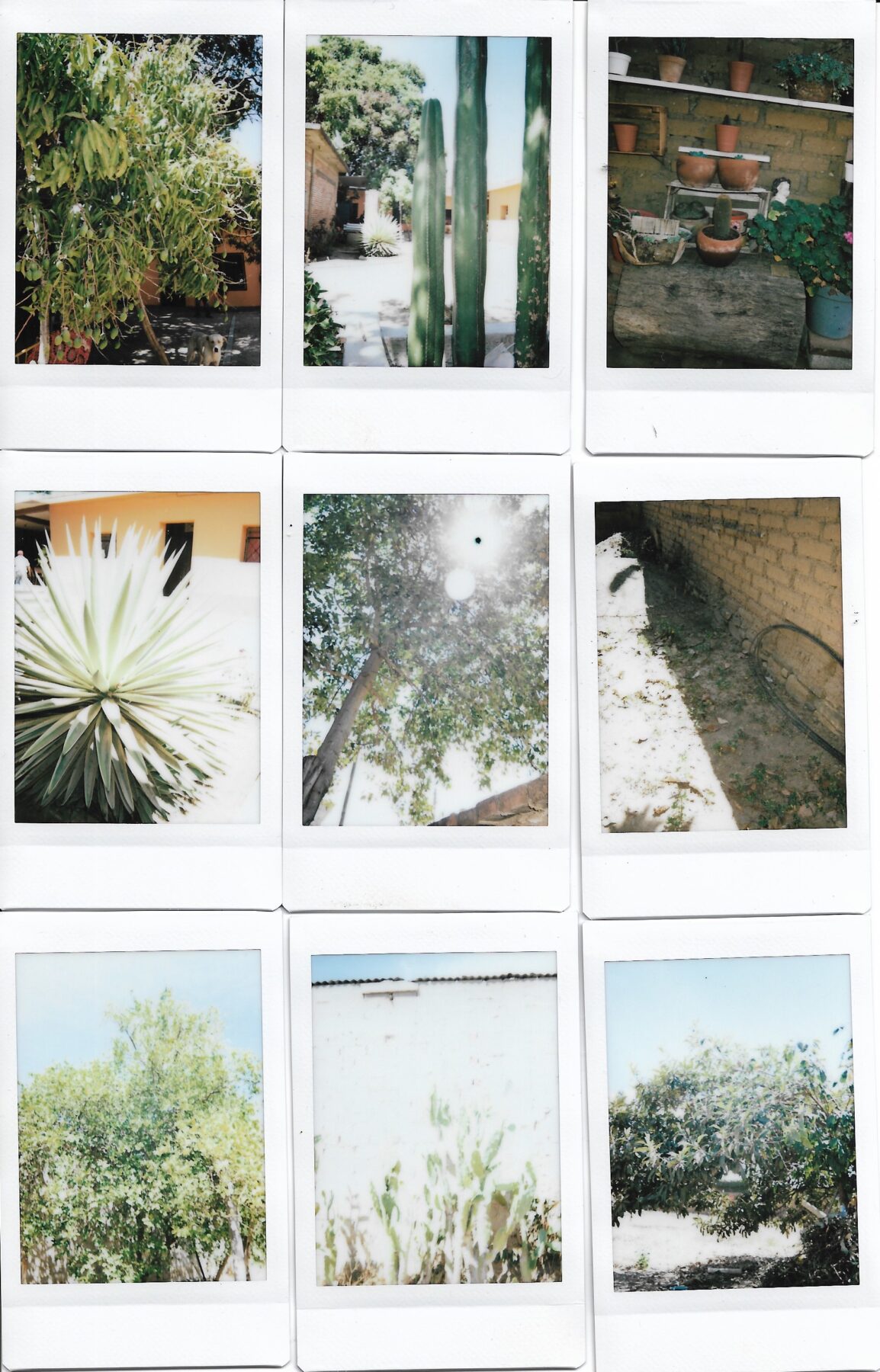Santo Domingo Tomaltepec, Oaxaca, México
Biocultural Living Archive
Framing the Zapotec Biocultural Heritage
Cooking and researching food in the town of Santo Domingo Tomaltepec

Santo Domingo Tomaltepec is a Zapotec town located at the center of the state of Oaxaca, in the Central Valley Region. Its ancestral roots persist to date in its festivities and culinary richness. In recent years, the urbanization processes in the region and the migration to Mexico City and the United States have impacted the social fabric leading to a loss of biocultural knowledge. The soil in this region has gradually lost fertility and the food consumption is highly dependent on external resources. The percentage of the population that dedicates full time to agriculture is decreasing every time, being the majority of the inhabitants, informal employees of bakeries, saddlery or of services in the cities of Tule and Oaxaca. There is strong pressure on the vegetation in the upper part of the basin, due to the extraction of firewood for trade.
The Colaboratory Kitchen project presents an opportunity: through innovation and reflection activities related to food production and its preparation, communication and collectivities can be strengthened. This will help create strategies to strengthen the resilience of the community to future environmental challenges and global changes. These were some of the actions that were designed on site during the first half of 2020.
TASTING SANTO DOMINGO
February 25, Santo Domingo Tomaltepec
In the traditional Oaxacan style, with band music, games and food, the project had it’s opening in the town’s square. Eleven market stalls were set up in which traditional, long-forgotten dishes prepared by local cooks were tasted, thus encouraging dialogue about food, ingredients and the customs associated with their preparation. Each dish was accompanied by a dynamic that invited us to talk about various topics: ingredients, preparation, health, the environment, the countryside, customs and tastes. For example, to accompany the “Arriera water dish”, children participated in the preparation and listened to a story. In the chickpea “amarillo” dish, soil moisture conservation was shown with a simple experiment. In addition, there were several games for children such as the quelite lottery and food puzzles, town fair style. The participants, children, women, men and the elderly, shared brief interventions to talk about food, in the Zapotec language.

FOTOMAPING OF KITCHEN GARDENS
March 8, Santo Domingo Tomaltepec
Houses were visited in which a great variety of plants are grown for food, decoration, medicine or spice. During the visits, the women who keep the gardens, told us about what each of the plants meant for them and their garden represents for them. Doña Naty, who has 53 different plants, told us: “I spend time in my garden whenever I am no longer in the store, I take care of my plants. Since long time, we like to plant, me and my son. We sell coriander, parsley, peppermint, rabbit grass, epazote. When we have, we also sell radishes. I have medicinal plants for when it is night and there are emergencies”. On these tours, the women from each garden selected the plants that are most important to them and took pictures of them with an instant camera to later place into a map.

HISTORY OF AGRICULTURE IN SANTO DOMINGO
March 13, Santo Domingo Tomaltepec
With farmers of different ages, we elaborated the timeline of agriculture in Santo Domingo. We started the activity by sharing a dish from the field: “Sopa de Guías”. From the conversation about the rich and varied food that the milpa offers us, we have been reconstructing the main events that made a difference in the way of practicing agriculture until today.

EXPERIMENTAL KITCHEN GARDENS
April to July, Santo Domingo Tomaltepec
During the quarantine, while everyone was kept at home, members of Colaboratory Kitchen project made a “Guelaguetza” (act of sharing in Zapotec) of seeds to plant experimental gardens. From exchanges with the Santo Domingo community and based on previous agro-ecology workshops, seeds of easy-growing herbs and vegetables that are part of local recipes were selected. Each house decides how to plant its garden and throughout the quarantine and this year, they have set up a network to share experiences on how these gardens are growing. From this experiment, the authorities of Santo Domingo and the elementary school have invited us to design and co-build public experimental gardens in the school and in the main town square.
COLLABORATORS
Producers and Community:
Bernardina Martínez
Thaydée Martínez Antonio
Juan Carlos Reyes Ramírez
Josefina Hernández López
Teresa Soto González
Marcelina Soto González
Román Florentin Martínez
Ernestina Pérez
Hipólito Hernández Martínez
Paola Miguel García, coordinadora local
Ana Jarintzin Miguel Galván
Sinaí Montserrat Santiago Pérez
David Velásquez
Organisations:
Pablo Ruiz Lavalle, Tierra del Sol
Rodolfo Díaz Jiménez, Fuego limpio S.A de C.V.
Victor Berrueta, GIRA
Chefs:
Inés Ramírez, local cook
Juan Carlos Villegas Cuevas, Etnofood
Creatives:
Emilio Hernández Martínez, Centro e Imaginación Oaxaca
Jonathan Treat, Comunicación, Tierra del Sol
RESEARCHERS
Biology, Ecology and Sustainability:
Patricia Balvanera Levy, coordinator
Miguel Martínez Ramos, IIES, UNAM
Alejandra Vanessa Tauro, IIES, UNAM
Gloria Molina Gaytán, coordinator
Emma Inés Villaseñor Sánchez
Geography:
Gonzálo Fernández de Castro Martínez, Instituto de Geografía, UNAM
Agroecology:
Quetzalcoatl Orozco Ramirez, Instituto de Geografía, UNAM
Students:
José Ramiro Ecahua Castillo
Ruth Elizabeth Pérez Martínez
Pedro Ivan Aguilar Vera
Sandra Piña Romero
Daniela Sclavo
Luz María Crystell Rosas Cruz
Visit also:
Cocina Colaboratorio is a transdisciplinary collective that brings together communities of people dedicated to agriculture, cooking, art, design, architecture, and research around the kitchen table to exchange knowledge, design, and implement actions for a sustainable food future. It is a laboratory of collective creation and joint experimentation that seeks to reconcile the care of nature with food production and diverse ways of life.
In this section, you will find stories of actions in three territories through three arenas: the Kitchen, the Experimental Plot, and the Living Biocultural Archive. We also share research-action projects, public programs, and exchanges through Extended Table, as well as stories about resources for other collectives.